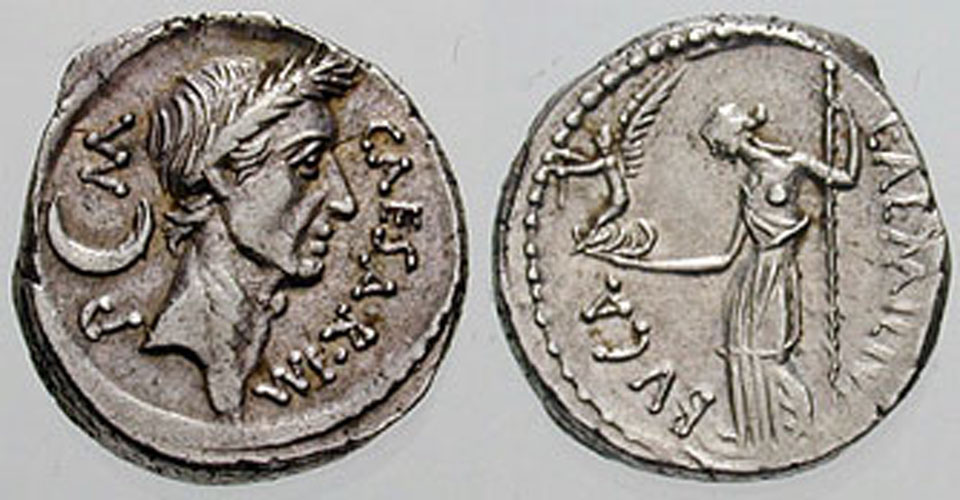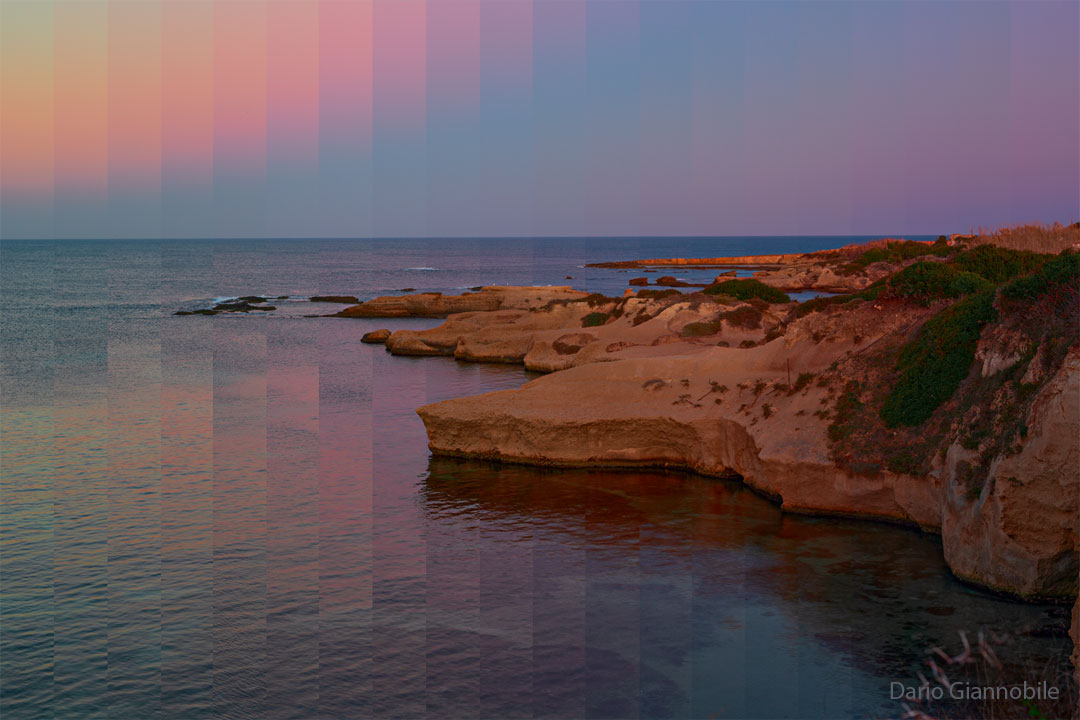안녕하세요, 잡학다식 입니다. 오늘은 과연 나사에서 어떤 방식으로 우주의 형상을 표현해 줄까요?
우선 이미지부터 볼 수 있도록 하겠습니다
![]()
해당 사진의 이름은 Odysseus and The Dish 인데요 우선 NASA에서 공식적으로 발표한 설명들을 확인해 보겠습니다
Murriyang, the CSIRO’s Parkes Radio Telescope, points toward a nearly Full Moon in this image from New South Wales, Australia, planet Earth. Bathed in moonlight, the 64 meter dish is receiving weak radio signals from Odysseus, following the robotic lander's February 22 touch down some 300 kilometers north of the Moon's south pole. The landing of Odysseus represents the first U.S. landing on the Moon since the Apollo 17 mission in 1972. Odysseus' tilted orientation on the lunar surface prevents its high-gain antenna from pointing toward Earth. But the sensitivity of the large, steerable Parkes dish significantly improved the reception of data from the experiments delivered to the lunar surface by the robotic moon lander. Of course the Parkes Radio Telescope dish became famous for its superior lunar television reception during the Apollo 11 mission in 1969, allowing denizens of planet Earth to watch the first moonwalk.
이번에도 광활한 우주 앞에 인간이 얼마나 작은 존재인지 다시 한번 알게 되는것 같습니다
저는 내일도 더 좋은 사진과 함께 돌아오겠습니다, 그럼 행목한 하루 되시길 바랍니다
'과학상식' 카테고리의 다른 글
| NASA 나사의 오늘의 이미지들 (2024-03-03) (0) | 2024.03.04 |
|---|---|
| NASA 나사의 오늘의 이미지들 (2024-03-02) (0) | 2024.03.03 |
| NASA 나사의 오늘의 이미지들 (2024-02-29) (0) | 2024.03.01 |
| NASA 나사의 오늘의 이미지들 (2024-02-28) (0) | 2024.02.29 |
| NASA 나사의 오늘의 이미지들 (2024-02-27) (0) | 2024.02.28 |

